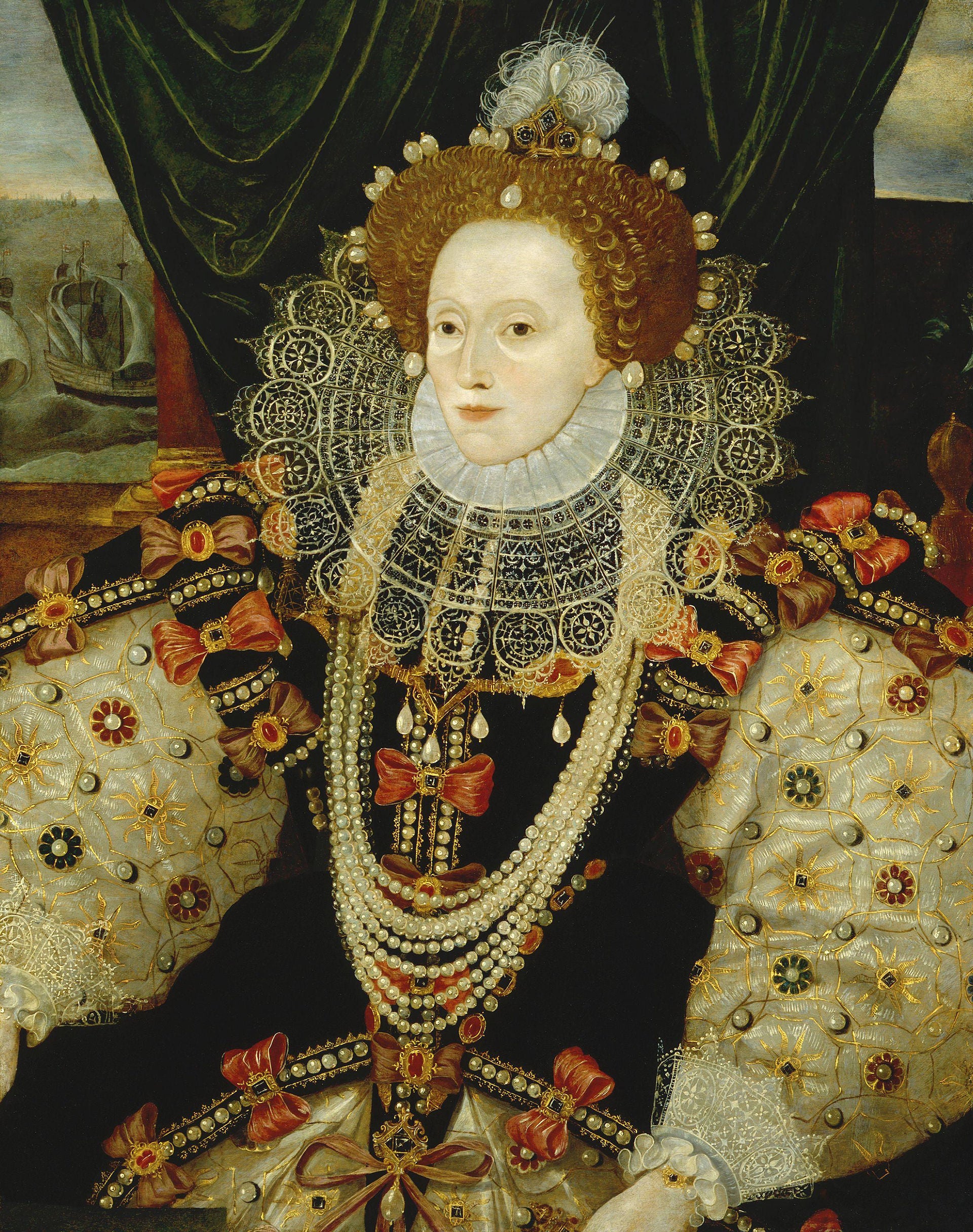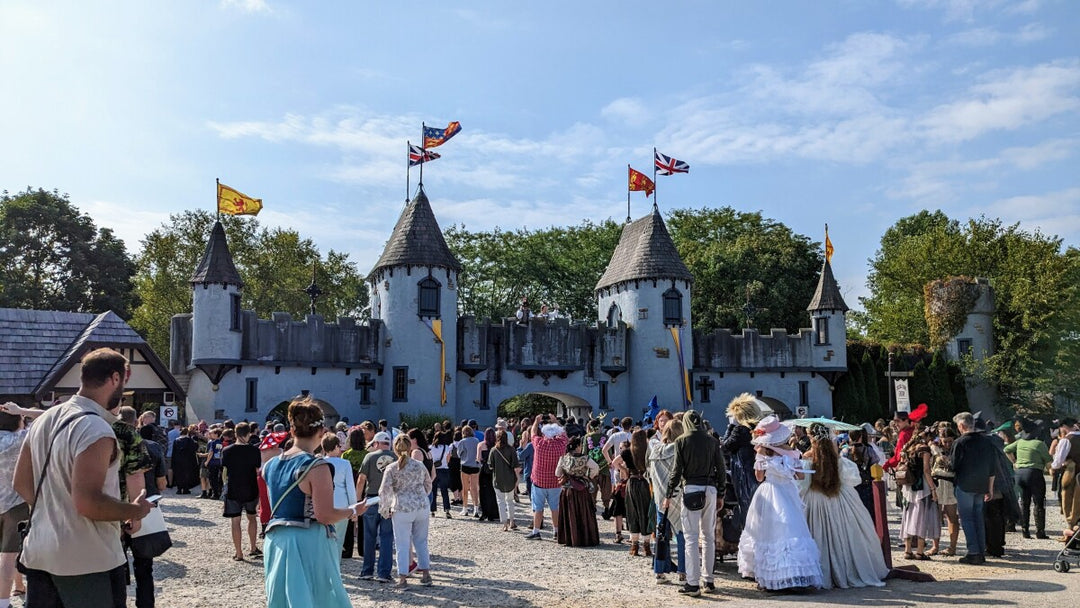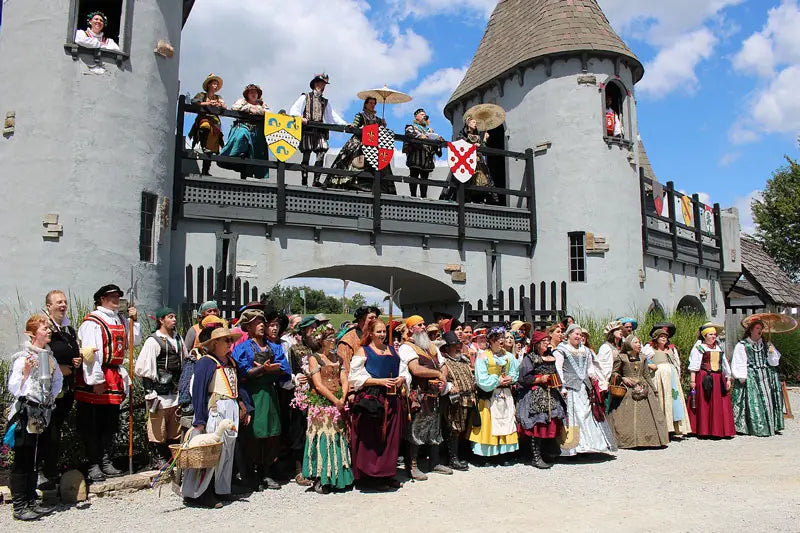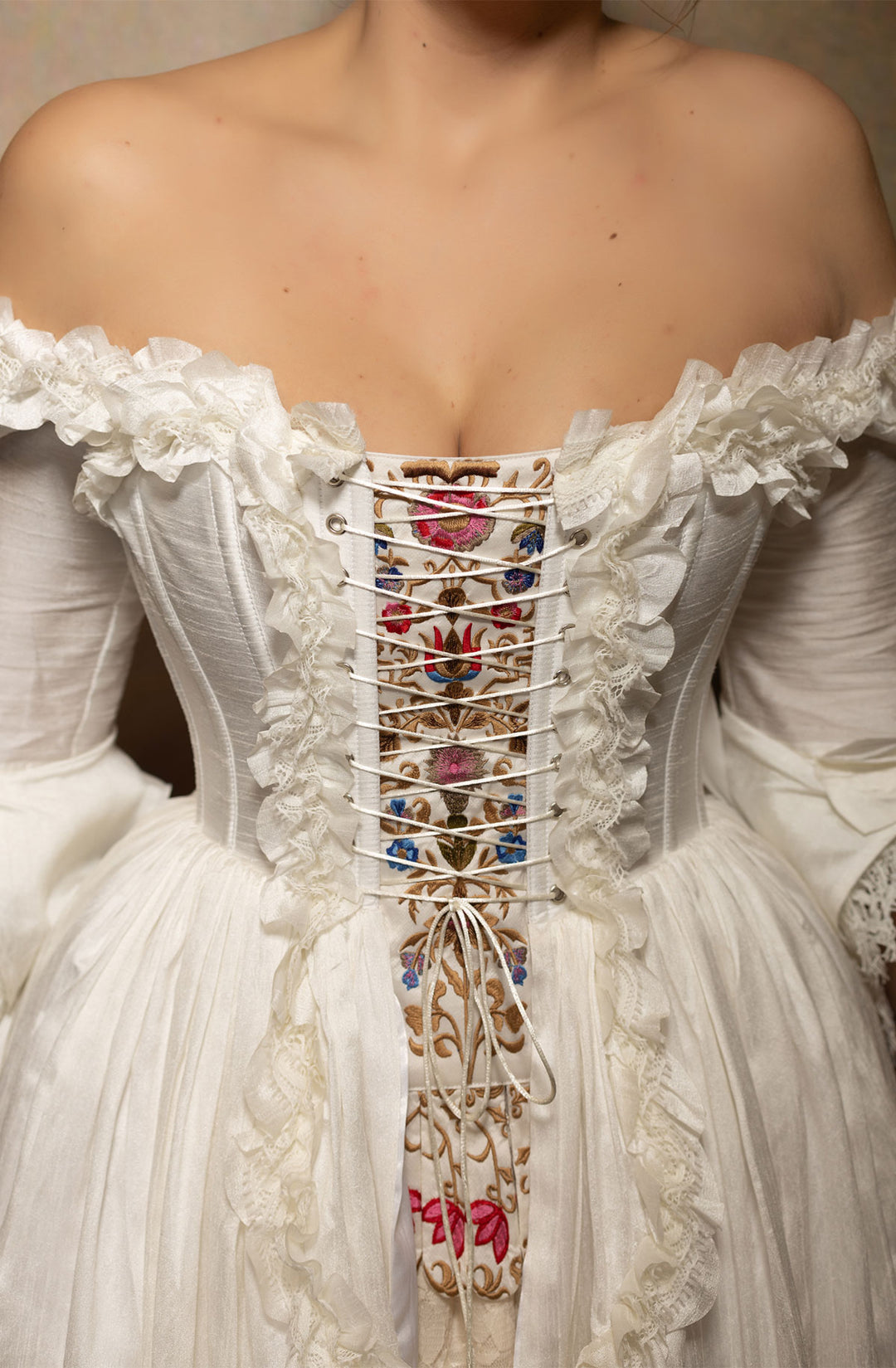
Among the epochs that profoundly transformed the world of fashion, the Elizabethan era certainly stands out. It was a time of opulence and extravagance, the hallmarks of which permeated all aspects of life, including clothing. The Elizabethan style was characterized by a myriad of distinctive elements, including the redingote, a type of coat featuring broad lapels and long sleeves. This was a garment revered for its practicality, and it quickly became an undisputed symbol of wealth and status.
Women's court dress during this period was astoundingly elaborate, often showcasing a tight-fitting bodice or ‘snug bodice,’ accurately named for its tightness around the wearer's body. This form-fitting style, coupled with an oversized farthingale, created a silhouette that was both striking and emblematic of the era. Fabric patterns also became an essential element of the Elizabethan style, with Pamela prints featuring prominently as a popular choice. Named after the heroine of Samuel Richardson's novel 'Pamela', these prints were highly suggestive of the romantic narratives that characterized the literature of the time.
Furthermore, the influence of the ITGirl fashionista began to be felt deeply during this period. Fashion, under the inspiration of courtly women and monarchs like Queen Elizabeth herself, became a means of expressing individuality and status. Thus, the progressive shift towards more complex and ornate designs. The dramatic change in fashion was also largely driven by the changes in societal attitudes towards femininity and women's roles, as well as the increasing importance of appearance as a symbol of social standing.
No discourse on Elizabethan fashion would be complete without acknowledging the role of accessories. Ruffs, fan-shaped collars, intricate lacework, and precious stones became integral to the outfit, as much for their aesthetic appeal as for their symbolic value. Undoubtedly, their embellishments gave these outfits an additional layer of opulence, which was clearly admired in Elizabethan society.
Artistic depictions of the era, such as the works of painter Francis Hayman, vividly capture the elaborate costumes and rich textiles used during this period. Portraits often represented women in resplendent gowns, meticulously decorated with pearls, gemstones, and embroidery, painting an undeniably clear picture of the style of the time. The legacy of Elizabethan fashion, from its distinctive style of dress to its impressive use of accessories, continues to influence modern sartorial choices, making it an enduring benchmark in the world of historical fashion.






Leave a comment